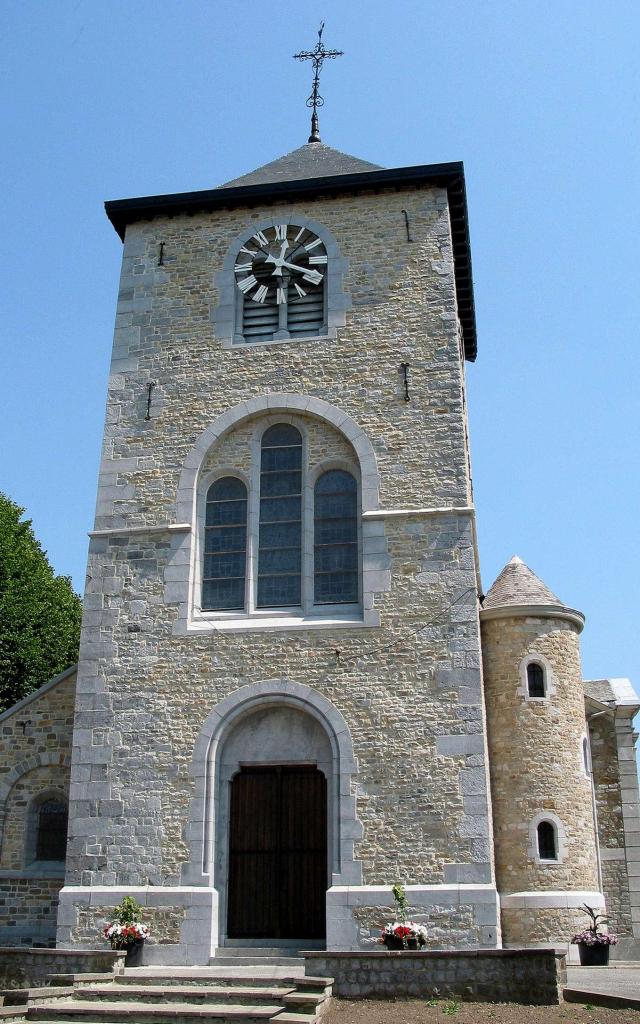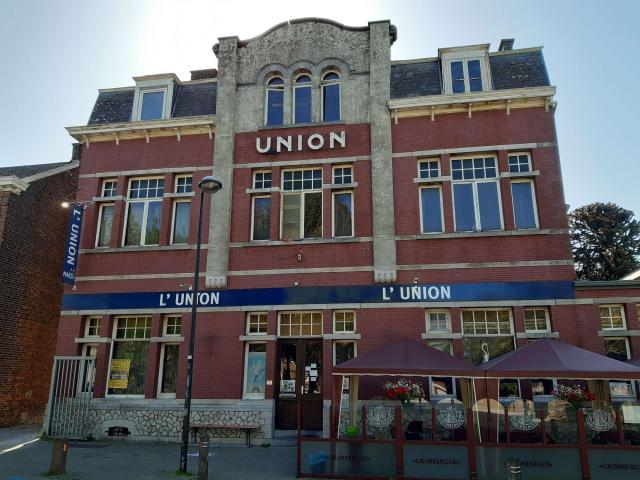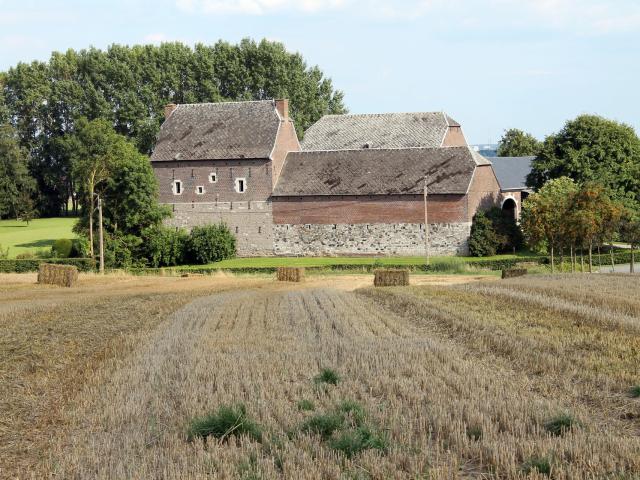The must-sees
Patrimonial, unusual, sporty, fun: if you had to do only one activity in this locality it’s in these proposals that you will find it.
 Château de Warfusée vue des jardins
Château de Warfusée vue des jardinsPatrimonial, unusual, sporty, fun: if you had to do only one activity in this locality it’s in these proposals that you will find it.
A number of archaeological digs have enabled us to retrace the history of the area’s occupation. Many Omalian sites have been unearthed, notably at Dommartin. For the Roman period, tombs and villa substructures have been discovered at Dommartin, Stockay, Warfée and Yernawe, where a tumulus runs alongside the old Roman road linking Tongeren to Arlon.
The villages depended on several seigneuries in the hands of local lineages or religious institutions. Warfusée was one of the most prestigious in the Liège region. After various successions and sales, it fell with its castle to the d’Oultremont family, who held a high court of justice there. Yernawe was in the hands of the Abbey of Saint-Jacques. In the Middle Ages, Dommartin was also the scene of one of the bloodiest battles between the Awans and the Waroux.
Part of Saint-Georges was located at the beginning of the Hesbaye and cultivated mainly by religious orders. But much of the land had the characteristics of the Mosan landscape. Until the 19th century, vines were cultivated. Industrial activity was also important. The stone industry dates back to prehistoric times, and quarries are still a feature of the landscape. Coal and aluminous shale were extracted. There were also lime kilns and a slag cement factory. These industrial activities contributed to the demographic development of hamlets such as La Mallieue, Stockay, la Tincelle and Sur-les-Bois. They also attracted large foreign communities of Spaniards and Italians to the commune.
 Eglise Saint-Georges-sur- Meuse
Eglise Saint-Georges-sur- Meuse Bâtiment de l'Union à Stockay
Bâtiment de l'Union à Stockay  Ferme de Warfée
Ferme de WarféeLooking for accommodation, wanting to discover the expertise of our chefs,
looking for your next outing, needing to get some fresh air…
we’ve selected the essentials of the commune for you.